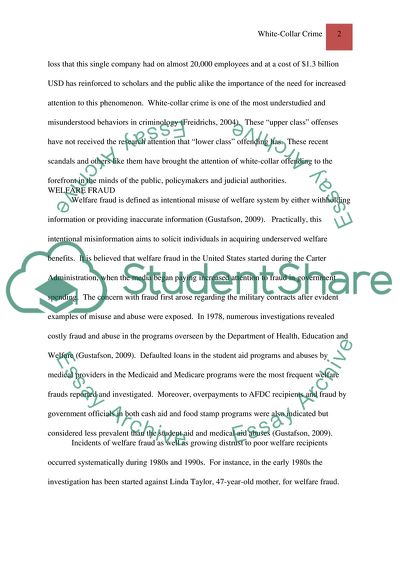Cite this document
(White Collar Crime Coursework Example | Topics and Well Written Essays - 1500 words, n.d.)
White Collar Crime Coursework Example | Topics and Well Written Essays - 1500 words. https://studentshare.org/law/1745149-white-collar-crime
White Collar Crime Coursework Example | Topics and Well Written Essays - 1500 words. https://studentshare.org/law/1745149-white-collar-crime
(White Collar Crime Coursework Example | Topics and Well Written Essays - 1500 Words)
White Collar Crime Coursework Example | Topics and Well Written Essays - 1500 Words. https://studentshare.org/law/1745149-white-collar-crime.
White Collar Crime Coursework Example | Topics and Well Written Essays - 1500 Words. https://studentshare.org/law/1745149-white-collar-crime.
“White Collar Crime Coursework Example | Topics and Well Written Essays - 1500 Words”. https://studentshare.org/law/1745149-white-collar-crime.


